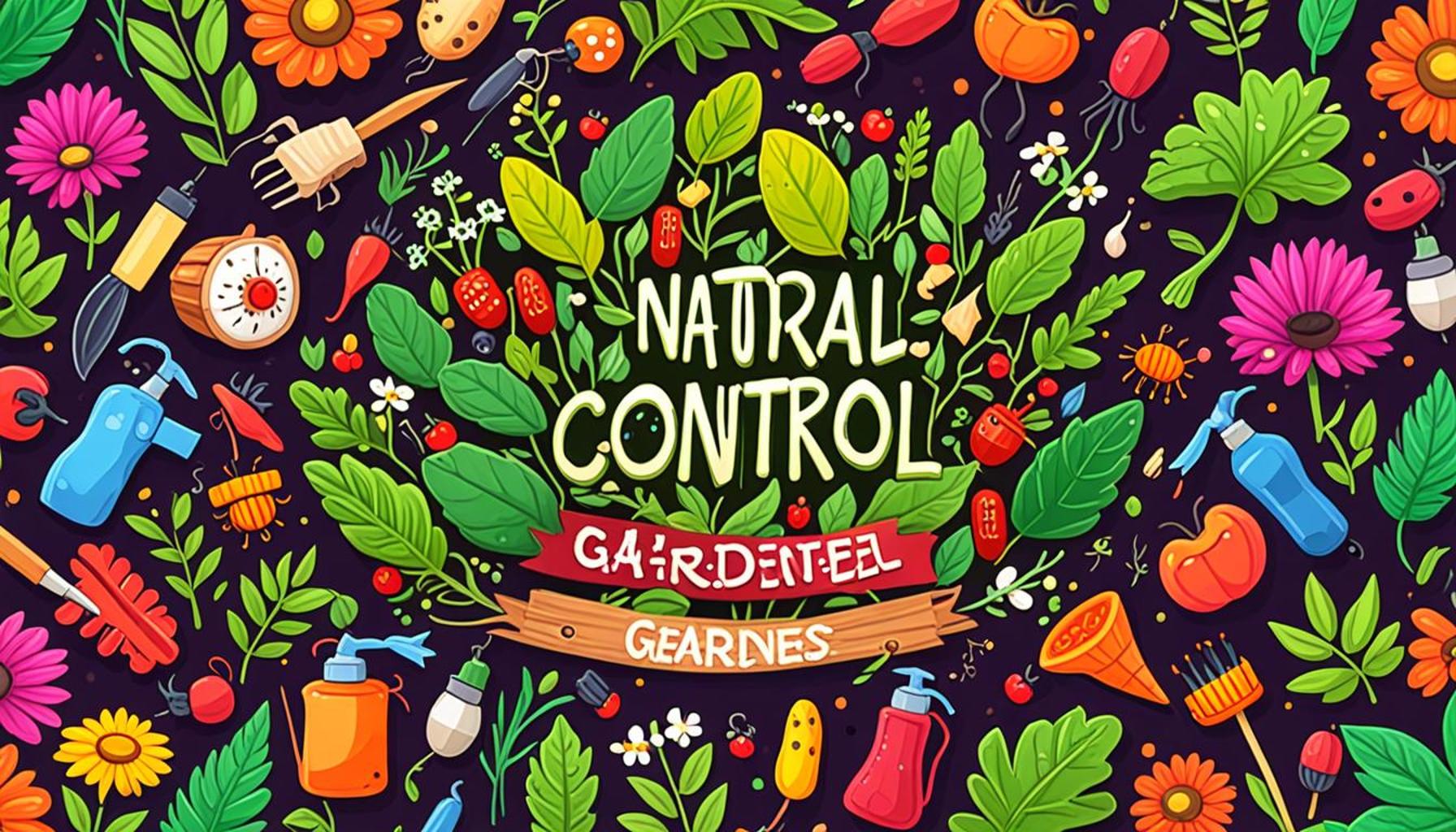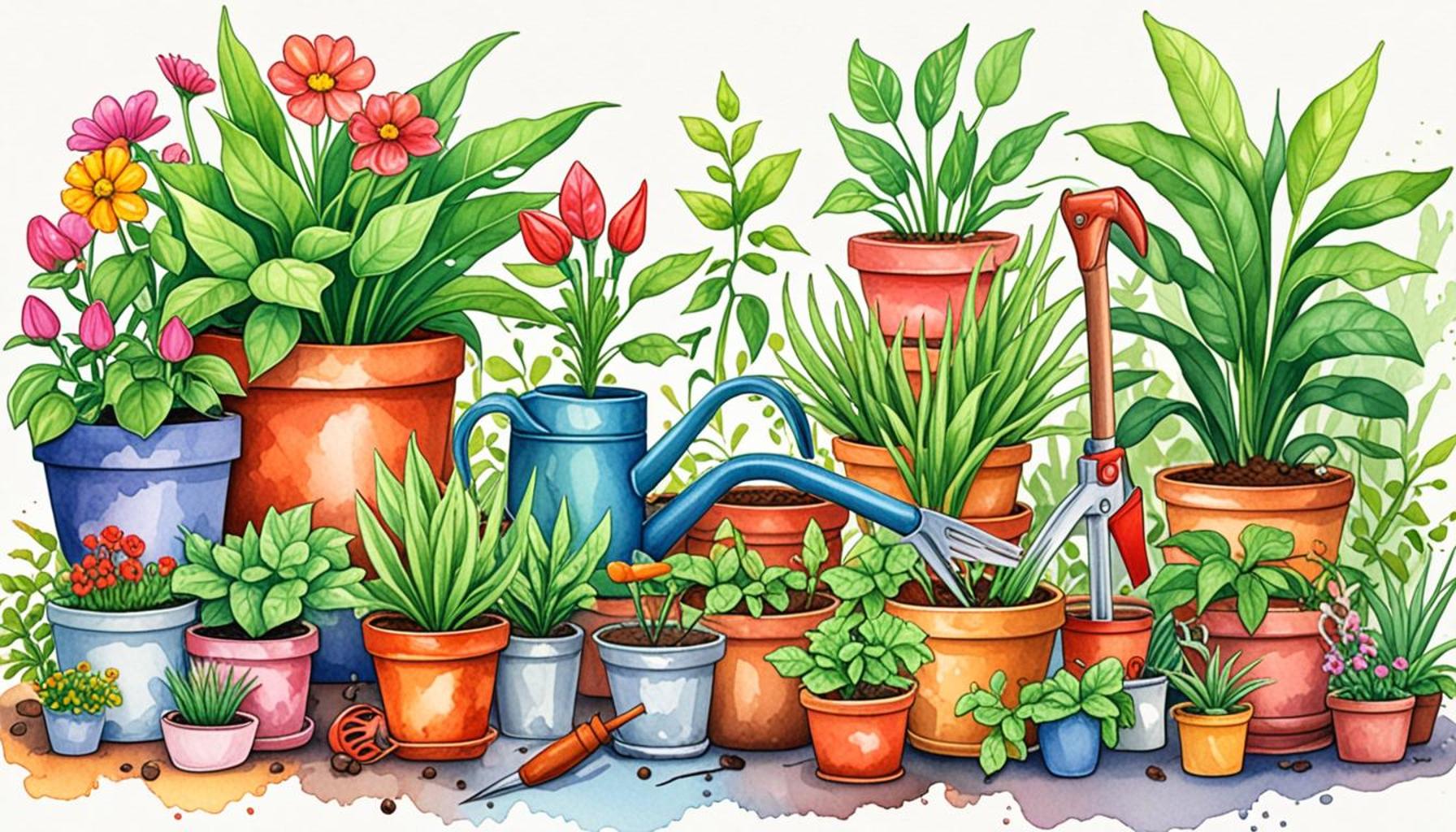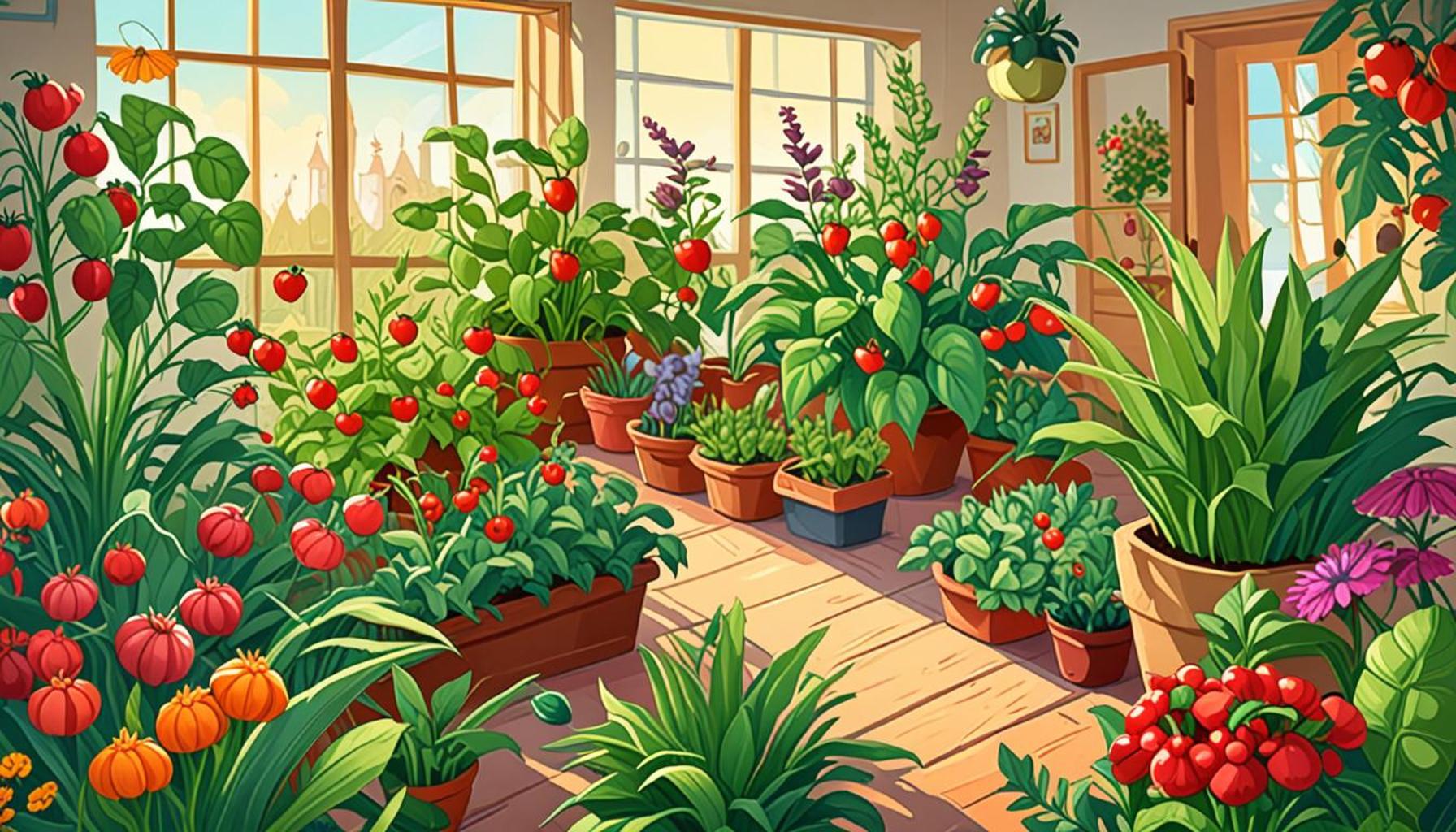How to Create an Attractive Environment for Natural Pest Predators at Home
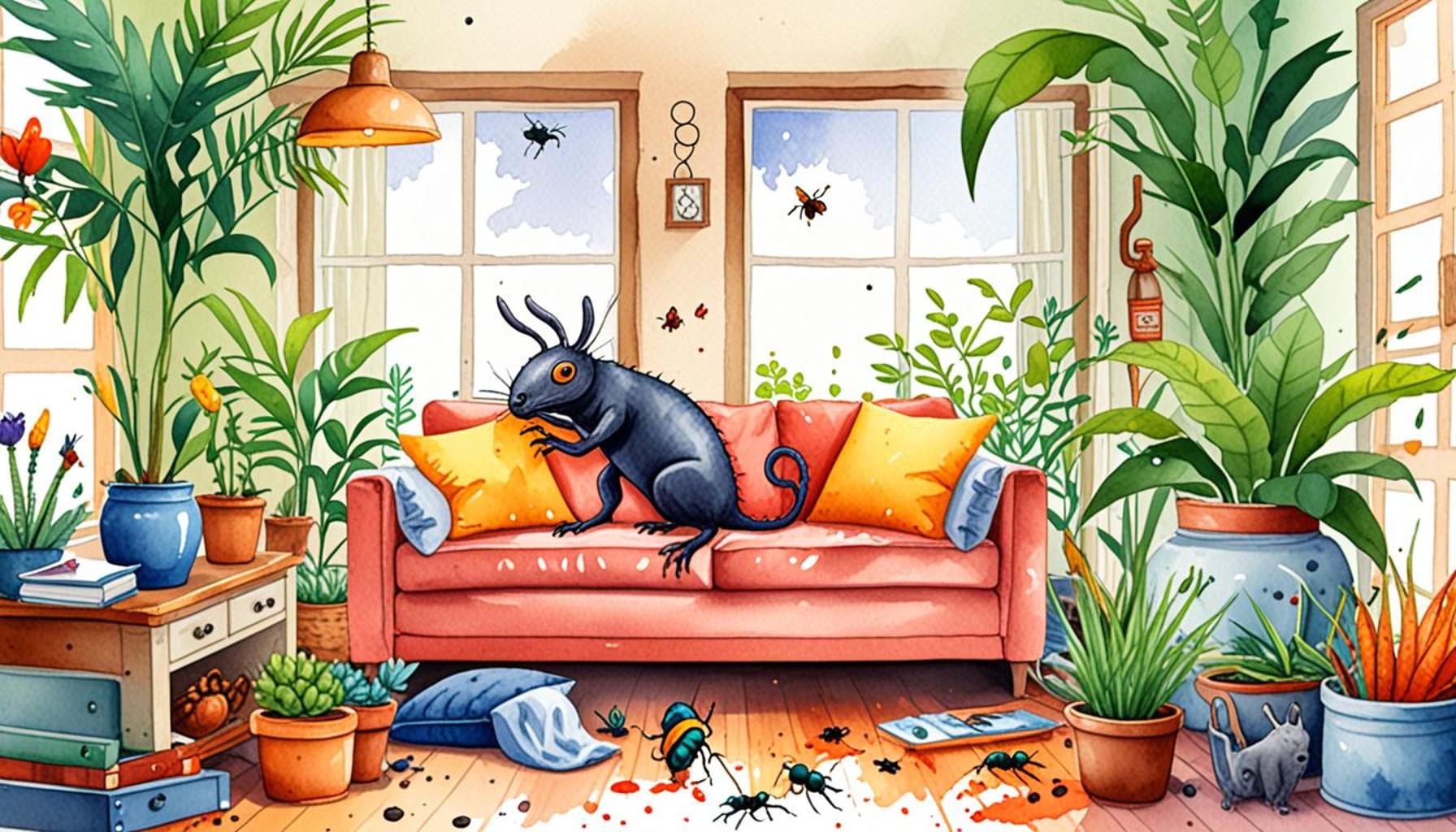
Creating a Harmony with Nature
Are pests invading your home despite your best efforts? Instead of solely relying on chemical solutions, consider embracing natural pest predators as your allies. By fostering an environment that attracts these helpful creatures, you can effectively manage pest populations while promoting ecological balance.
Establishing a welcoming habitat for natural pest predators involves understanding their needs and preferences. Here are key features to consider:
- Diverse Plant Life: Incorporate a variety of plants to attract different predators. For instance, flowering plants like dill, fennel, and yarrow can attract ladybugs, which feast on aphids. Similarly, planting nectar-rich flowers supports beneficial insects throughout their lifecycle.
- Water Sources: Provide shallow dishes or ponds to ensure hydration. Even a small birdbath or a few strategically placed rocks in a dish can serve as perfect watering spots for insects, helping to sustain them during dry spells.
- Avoid Chemicals: Limit pesticide use to create a safe environment for beneficial insects. Switching to organic gardening practices not only supports local wildlife but also ensures that your fruits and vegetables remain free from harmful residues.
This strategy does not merely mitigate pest populations; it also enhances your garden’s biodiversity. The integration of natural pest control leads to a more resilient ecosystem. Beneficial insects such as ladybugs, lacewings, and parasitic wasps play pivotal roles. For example, ladybugs can consume up to 5,000 insects in their lifetime, proving invaluable in controlling aphid populations that often plague gardens and plants alike.
To transform your home into a sanctuary for these valuable allies, consider incorporating a few more strategies. Create a designated “wildlife corner” with native plants suited to your regional climate of the United States. Native plants not only require less maintenance but are also more effective at attracting local predators. Additionally, avoiding monoculture in your gardening practices will allow for a plethora of beneficial organisms to thrive, thus ensuring a balanced ecosystem.
Furthermore, consider planting cover crops during the off-season. These crops will not only prevent soil erosion but will also attract beneficial organisms, making your garden a year-round haven for natural pest predators. The end result? A flourishing garden that is not only productive but also harmonious with the environment.
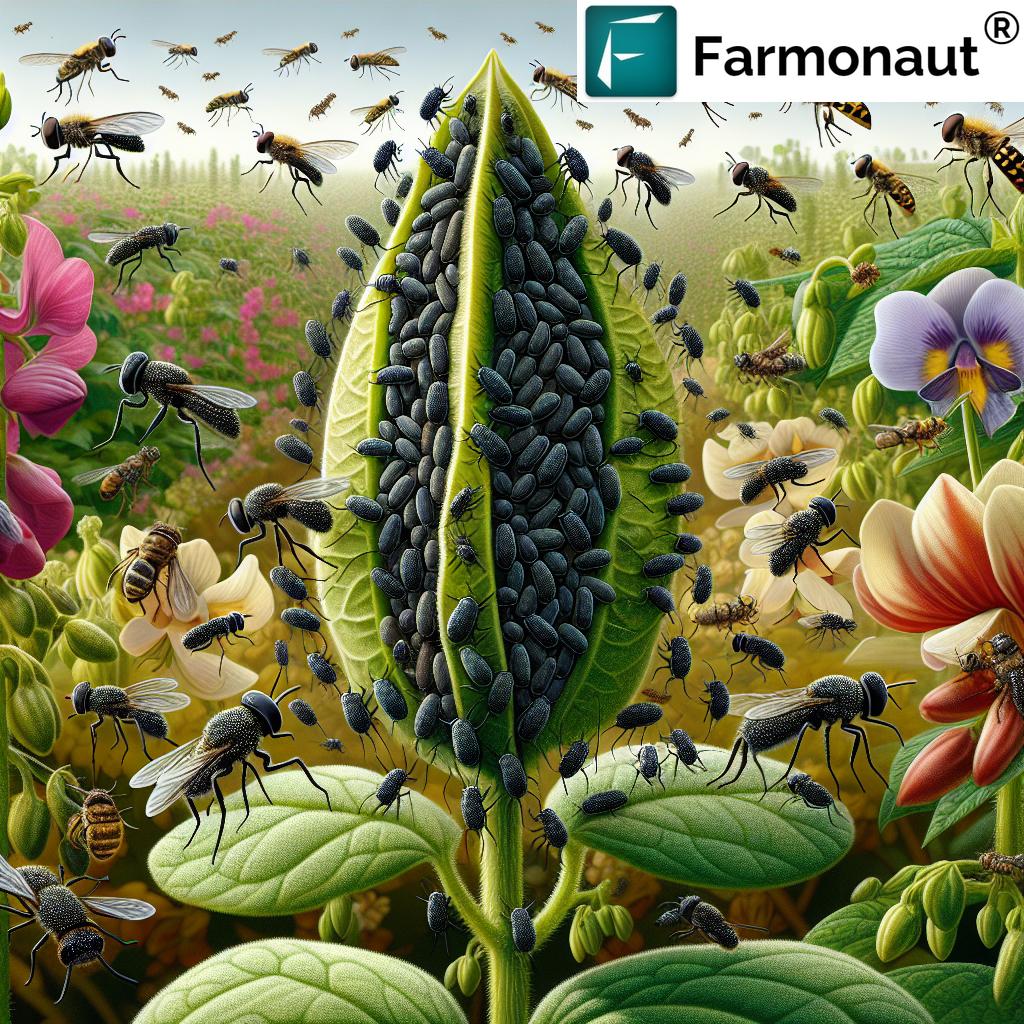
By attuning yourself to the needs of these creatures, you will create a sustainable approach to pest control, yielding long-term benefits for both your home and the ecosystem. This journey of coexisting with nature is not just about eliminating pests; it’s about fostering a systemic balance that benefits all life forms.
DISCOVER MORE: Click here for essential soil preparation tips
Understanding the Ecosystem
Creating an attractive environment for natural pest predators starts with a solid understanding of the ecosystem dynamics at play in your backyard or garden. It is crucial to recognize which beneficial insects are most effective in controlling specific pest populations. For example, ladybugs and lacewings are renowned for their voracious appetites for aphids, while parasitic wasps can target caterpillars and other troublesome larvae. By familiarizing yourself with these predator species, you can tailor your gardening approach to best support their presence and effectiveness.
One foundational step is to create an inviting microclimate. This means providing shelter, breeding ground, and ample food supplies for these predators. The following strategies can help foster the right conditions:
- Plant Diversity: A diverse array of plants not only makes your garden more visually appealing but also supports a wider range of beneficial insects. Think about incorporating flowering herbs like basil, oregano, and flowers like zinnias or cosmos to attract various pollinators and pest predators.
- Natural Mulching: Use organic mulches made from shredded leaves or wood chips in your garden beds. This not only improves soil health but also provides habitat for insects and other small wildlife that can serve as food for natural predators.
- Open Spaces: Create clearings to allow sunlight to reach the ground, promoting the growth of a variety of plants. Thoroughly researched open spaces can facilitate air circulation as well, which is beneficial in preventing mold and diseases that attract pests.
Additionally, its essential to recognize the seasonal changes in your garden ecosystem. During the colder months, many beneficial insects seek refuge. Providing habitats such as insect hotels can significantly increase their chances of survival. These structures can be made from natural materials like bamboo sticks, hollow logs, or pine cones, all capable of attracting beneficial bees and ladybugs. Moreover, consider leaving some parts of your garden “wild” instead of maintaining a manicured appearance. This can provide additional shelter and food sources that many natural predators deem essential for their lifecycle.
Another vital component is the careful management of your water resources. While pests tend to proliferate in dry conditions, natural predators require hydration to thrive. Simple solutions such as adding small water features like birdbaths or shallow dishes filled with pebbles and water can make a substantial difference. A constant and accessible water supply nurtures a bustling community of beneficial insects.
Creating an environment that attracts natural pest predators is akin to composing a symphony in nature; each element played harmoniously contributes to a thriving garden ecosystem. By following these foundational principles and committing to ongoing experimentation and adaptation, you can develop a balanced and resilient environment that not only manages pests effectively but also enhances the overall beauty and biodiversity of your outdoor space.
Creating an attractive environment for natural pest predators at home not only helps in managing pests effectively but also promotes biodiversity and ecological balance. To achieve this, several strategic approaches can be employed. Firstly, consider planting a diverse range of plants which attract beneficial insects. Companion planting can be incredibly effective, as certain plants serve as natural repellents others can draw in helpful predators. For example, flowers like marigolds and sunflowers are known to attract ladybugs and lacewings, which are voracious consumers of aphids.Secondly, provide shelter and habitats. Small water features or a simple bird bath can be inviting for various species. Similarly, leaving some undisturbed areas in the garden allows beneficial predators to establish their habitats. This includes stacking wood or stones, which creates homes for beneficial insects and reptiles.It is also crucial to limit the use of chemical pesticides which can harm natural predators. Opt for organic gardening techniques and natural repellents. Maintaining soil health with compost and organic fertilizers can also support a vigorous ecosystem, encouraging the presence of predator species.Implementing these methods can lead to a vibrant garden full of natural pest control agents. Moreover, achieving balance and harmony in your home environment not only facilitates natural pest control but also enriches your gardening experience, creating a sustainable and eco-friendly space.By investing time in understanding different species and their roles within the ecosystem, homeowners can create a flourishing habitat that thrives without the need for harmful chemicals. This natural approach not only benefits your garden but also contributes positively to the larger environment.
DISCOVER MORE: Click here for essential tips
Embracing Organic Practices
To further enhance your garden as a welcoming habitat for natural pest predators, embracing organic gardening practices is essential. Conventional pesticides and herbicides can be detrimental not only to the targeted pests but also to the beneficial insect population that is vital for maintaining an ecological balance. Implementing organic pest management strategies helps to create a thriving atmosphere that encourages natural predators to flourish.
Total reliance on synthetic products can diminish the diversity of insect life in your garden, as many organic predators are sensitive to chemicals. Instead, consider implementing integrated pest management (IPM) techniques that are designed to minimize the use of harmful chemicals. This approach can include techniques such as:
- Monitoring and Identification: Regularly observe your plants and inspect for signs of pests and beneficial insects. Understanding their life cycles allows you to make informed decisions about controlling pest populations.
- Mechanical Controls: Hand-picking large pests like caterpillars or using barriers such as row covers can effectively reduce pest pressure without harming beneficial insect populations.
- Natural Deterrents: Using alternative pest deterrents, such as neem oil or insecticidal soap, can provide a targeted approach that spares the predators while still managing unwanted pest species.
In addition to these practices, enriching your garden soil encourages a vibrant ecosystem. Healthy soil, rich in organic matter, supports a diverse range of plants which in turn attracts beneficial insects. Incorporating compost and practicing crop rotation helps to restore soil health and limits the prevalence of pests. Research indicates that soil microorganisms play a critical role in forming a prosperous habitat, creating a supportive environment for plants and their associated fauna.
One often overlooked aspect of creating an attractive environment for natural pest predators is timing. By choosing the right planting times and varieties that closely align with the life cycles of beneficial insects, you can create a continuous supply of food and shelter throughout the growing season. Early bloomers like mustard flowers or clover provide early sustenance for pollinators and predators alike, ensuring they are present when pests begin to emerge.
Creating a Wildlife-Friendly Habitat
By considering your garden as a part of a larger wildlife habitat, you can introduce additional layers of support for natural pest management. Nest boxes for birds can significantly aid in controlling insect populations, as many bird species consume a vast number of pests during breeding season. Placing bird feeders can also encourage birds to frequent your garden, providing a natural form of pest control.
Moreover, incorporating small native plants into your landscaping can provide vital resources for not only pest predators but a wide array of wildlife. These plants are often adapted to local conditions and attract beneficial pollinators, making your garden a vibrant hub of biodiversity. Native plants, such as echinacea and black-eyed Susans, offer nourishment and shelter, creating a sustainable environment for a multitude of species.
In summary, by adopting organic gardening techniques, enriching soil health, and cultivating a wildlife-friendly habitat, you can foster a dynamic interplay between beneficial insects and plants in your outdoor spaces. This approach not only enhances the effectiveness of natural pest predators but also contributes to the broader ecosystem, making your garden a haven for both plants and wildlife.
DIVE DEEPER: Click here to learn how to harmonize colors and textures in your plant selection</p
Conclusion: Cultivating Balance in Your Garden
Creating an attractive environment for natural pest predators at home is not just a gardening trend; it is a commitment to fostering ecological balance and promoting a sustainable lifestyle. By embracing organic practices, enriching your soil, and enhancing biodiversity, you are setting the stage for a thriving ecosystem within your backyard. Many gardeners have witnessed firsthand how holistic approaches, such as integrated pest management, can effectively keep harmful pests at bay while preserving beneficial insect populations.
Moreover, considering the timing of your plantings and selecting native species that provide food throughout the season can significantly boost the presence of these allies in your garden. Encouraging birds and other wildlife complements your efforts, creating a layered support system that naturally regulates insect populations and enriches your garden’s biodiversity.
As a gardener, you possess the unique ability to act as a steward of the environment. Each action taken—whether planting native species, refraining from chemical inputs, or building habitats—contributes to a larger narrative of sustainability and ecological harmony. The journey towards creating a haven for natural pest predators not only elevates the health of your garden but also enriches your connection to nature. Your actions can inspire others to adopt similar practices, amplifying the effects of individual efforts. Imagine transforming your home into a vibrant ecosystem where nature thrives in synergy, and you have the power to make that dream a reality.
Ultimately, the benefits extend beyond pest control; they encompass a greater appreciation for biodiversity, a healthier environment, and a more resilient garden for years to come. Start today, and watch as your home grows into a sanctuary for both plants and wildlife.
